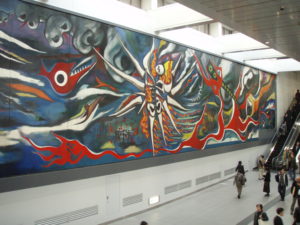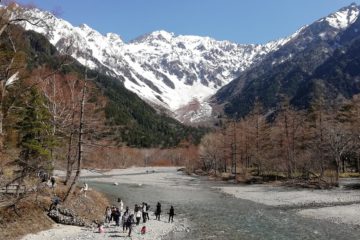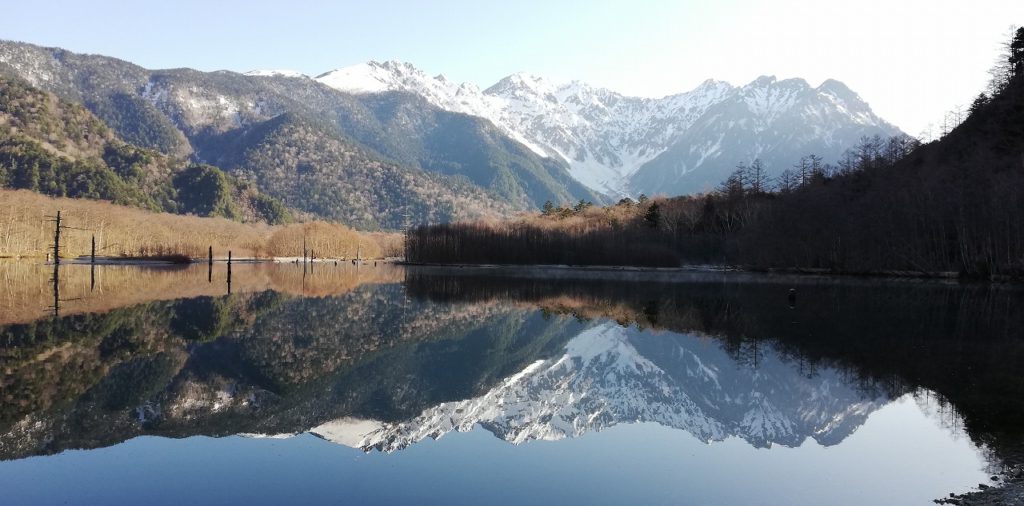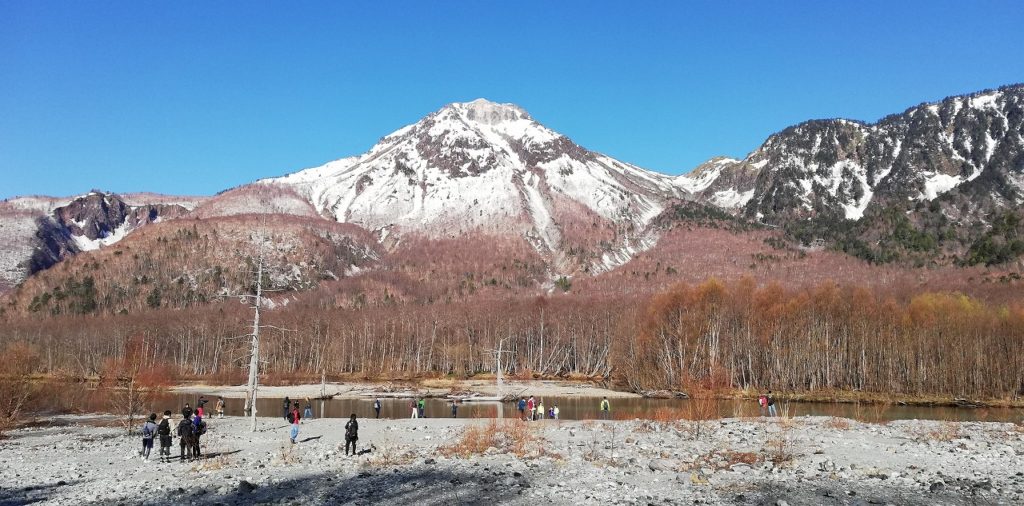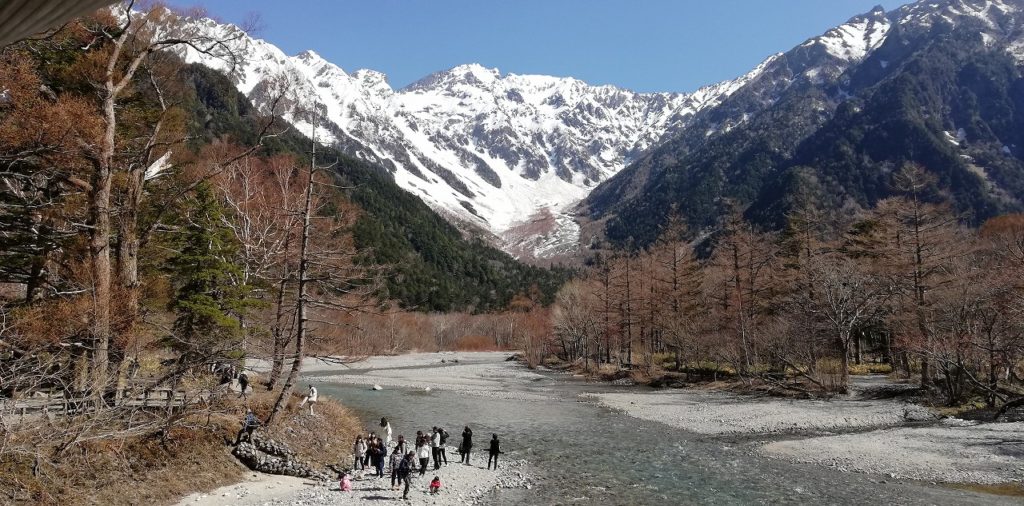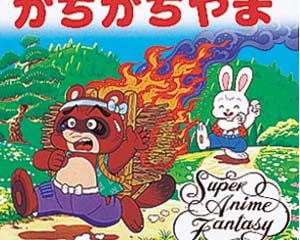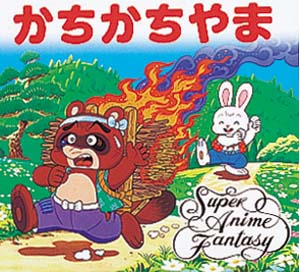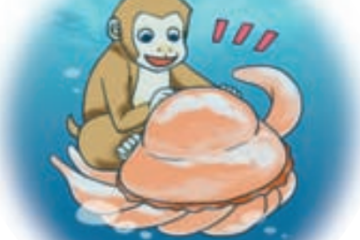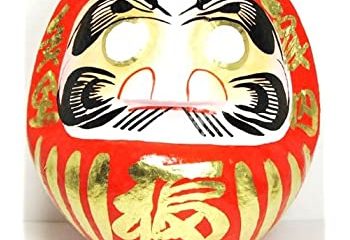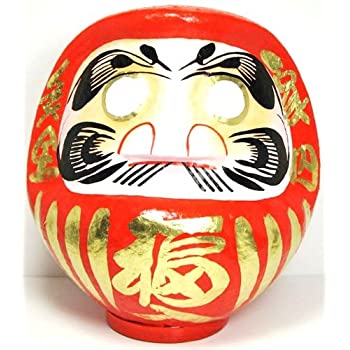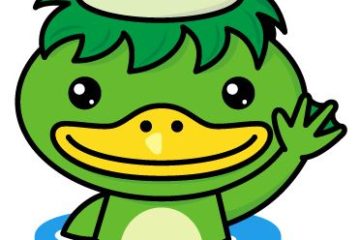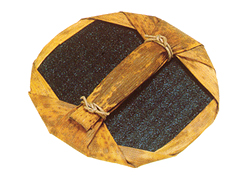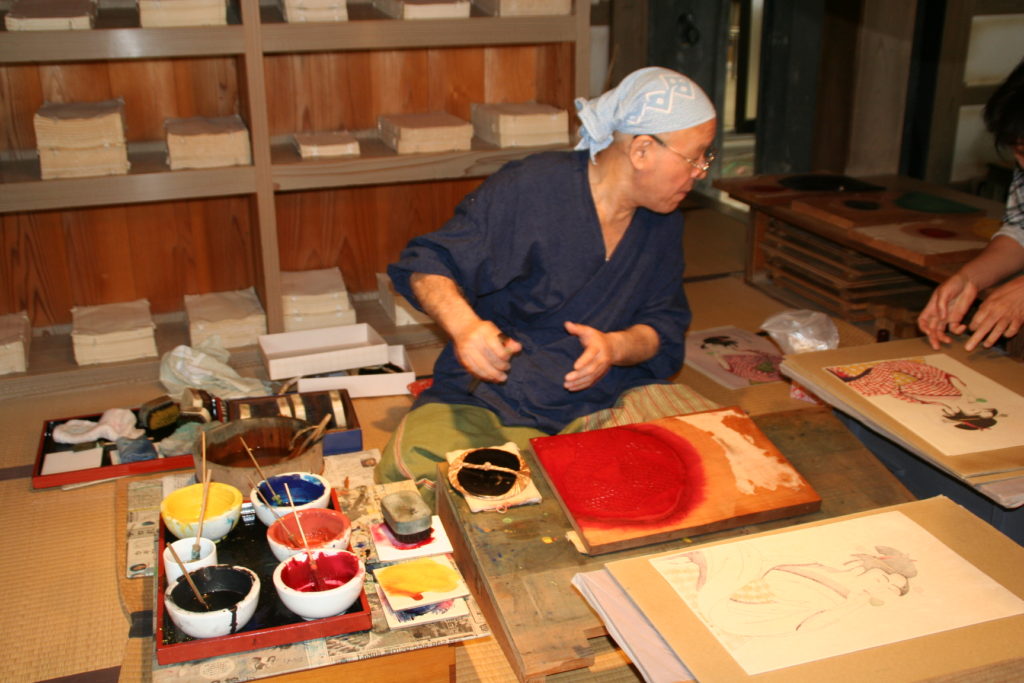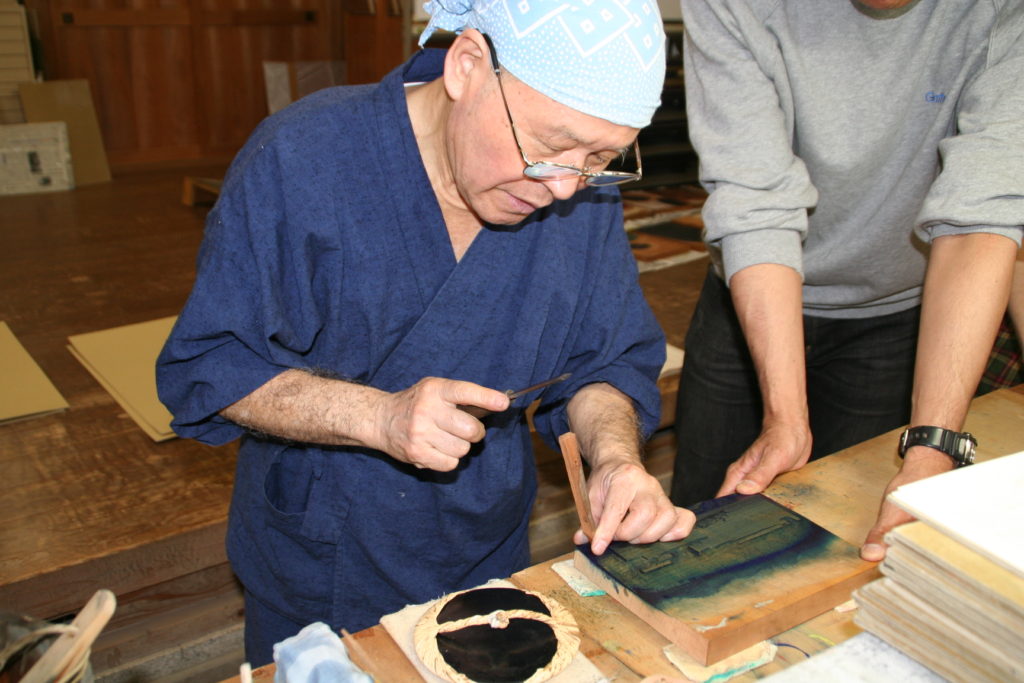Blog News about Japan 未分類
Japanese Fable: Why Does the Jellyfish Have No Bones?

A long time ago, Princess Okisaki of the Imperial Dragon Palace at the bottom of the sea suddenly said that she wanted to eat the liver of a monkey. So the king of the Imperial Dragon Palace asked the turtle to get a monkey’s liver for the princess.
The turtle went to a certain seashore.
There, under a tree on the beach, she saw a monkey. “Monkey, monkey, won’t you
come with me to the Imperial Dragon Palace under the sea? I’ll treat you to lots of delicious food there!”
“Really? You’ll treat me to some delicious
food? In that case, let’s go!” Saying this, the money climbed onto the turtle’s
back. With the monkey on her back, the turtle headed deeper and deeper into the
sea.
Finally, they reached the Imperial Dragon Palace.
Leaving the monkey waiting outside the palace gate, the turtle went off to
inform the king that the monkey had arrived.
The jellyfish, who was serving as the palace
gatekeeper, asked the monkey, “Monkey, what in all creation made you come to
the Imperial Dragon Palace?
“The turtle told me that if I came to the Imperial Dragon Palace, she’d
treat me to lots of delicious food,” said the monkey, feeling pleased with
himself.
But the jellyfish burst out laughing. “Ha,
ha, ha! That’s a lie. Monkey, you’ve been tricked. The real reason is that they
want to give your liver to Princess Okisaki to eat.”
Just then the turtle reappeared on the
scene. “Well, monkey, come along inside. The king says he will treat you to
some delicious food.”
But the monkey said, “Hm,it seems there’s a
problem here. I just heard from the jellyfish that you really want to feed my
liver to Princess Okisaki, don’t you? You should have told me sooner. Actually,
today I hung my liver out on the branch of a tree to dry.”
“What? You say you left your liver behind?
If that’s so, it can’t be helped. Then please climb on my back again and let’s
go back to get your liver.”
So saying, the turtle had the monkey climb
on her back again and they headed back up to the sea’s surface.
But this time, as soon as they reached the
shore, the monkey immediately escaped into the branches of a tree.
“Hey, turtle, you’ve been tricked! There’s
no way I’d be drying out my liver now, is there? I just can’t imagine having my
liver eaten, so I tricked you.”
The turtle had no choice but to go back to
the Imperial Dragon Palace. When he got back there, he told the king that he had been tricked
by the monkey. The king was really angry. “You stupid jellyfish, for talking
too much! As punishment, I’ll have all your bones taken out!”
And that’s how it happened that the
jellyfish had all his bones taken out and became a being with a wibbly-wobbly
body.
Blog News about Japan 未分類
What is “Daruma”?
A daruma is a papier-mâché doll which is painted red except for the face and weighted at the bottom. It represents the Buddhist priest Bodhidharma, who lived in sixth century China, sitting in a lotus position. The doll is considered to bring good luck, because it always comes back to an upright position after being tipped over. Some daruma have no eyes. People paint one eye in right away, wishing for something to come true; the other is supposed to be painted when the wish is realized. The origins of the red color of the daruma can be traced back to the red robe that was supposedly worn by Bodidharma. But it was also believed that the color red has the effect of keeping evil away. Incidentally, in recent years, as well as the traditional red models, daruma dolls colored yellow, white, green, gold, etc. can also be found for sale.
Blog News about Japan 未分類
What is “Kappa”? 河童(かっぱ)
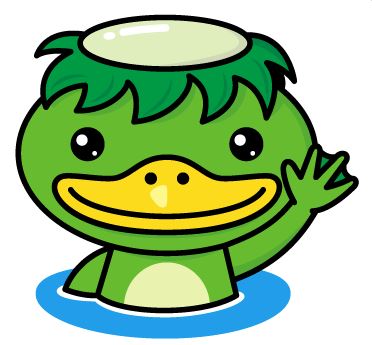
A kappa is an imaginary tortoise-like creature with a brimming dish of water on top of its head, a pointed muzzle, and webbed hands and feet. Kappa often appear in old stories and pictures. They are revered at water-god festivals in hope that they will offer protection against water mishaps. Kappa are said to be fond of cucumbers, so rolled cucumber sushi is called, “kappa maki.” Kappa are believed to be good swimmers, so if you say, “Jiro wa kappa desu,” which means Jiro swims like a fish. Also there is a famous saying, “Kappa no kawa nagare” meaning a kappa drowning in a river. “Even Homer sometimes nods” is a similar English saying.
Blog News about Japan 未分類
Hi-tech Capsule Hotel in Kyoto

One night’s accommodation in a hotel in central Tokyo can easily cost between 10,000 to 20,000 yen. This might be affordable for a tourist, but for a person on a business trip who just needs a place to go after work to shower and sleep, 20,000 yen is far too expensive. This led to the creation of affordable “capsule hotels” in Japan. As they provided sleeping space for around 3,000 yen they were used mostly by salaried workers who were working overtime and missed their last train home, but initially had a reputation of being unsanitary, dangerous (because pilferage occurred), and inconvenient in terms of location. To address these problems, last year a new type of establishment named “9h” began operations, offering “a place to wash off the grime,” “restful sleep” and “prepare the body for the next day.” The aforementioned three activities generally require one hour, seven hours and one hour, respectively, for a total of nine hours — and hence the name “9h.” To make this possible, a famous designer was requested to make the sleeping capsules more attractive and stylish. Guests are assigned lockers that open with keys and sleepwear. The floors for female and male guests are segregated, as are the elevators to access the floors. To provide female guests with a greater sense of safety, a security camera is configured to detect if a male enters the women-only floor, and notifies the staff. This hotel is convenient located in a commercial and tourist area about five minutes’ walk from Kyoto’s Shijo station. The company that operates 9h is proceeding with plans to open new branches in Tokyo and Osaka. About 70% of guests are foreigners. The hotel has been inspected by many people in Japan and from overseas with an interest in architecture and design. The hotel was named recipient of the Japanese government’s Good Design Award in 2010.
Note: The Good Design Award is Japanese comprehensive design evaluation and commendation system, operated by Japan Industrial Design Promotion Organization (JIDPO). The system has its origins in the “Good Design Selection System” (known as the “G-Mark System”) instituted by the Ministry of International Trade and Industry of Japan in 1957.
Blog News about Japan 未分類
WHAT IS UKIYO-E?
Ukiyo-e is a kind of woodcut print which flourished from about the 1680s and 1850s in Japan. The word ukiyo-e means “pictures of floating world” as the themes usually depicted the beautiful, fleeting world of entertainers such as kabuki actors and geisha. Later, pictures of scenery would also become popular. Because the printmaking medium allowed for mass reproduction, ukiyo-e became a form of artwork that the rising merchant class could afford. Overseas, this stylized pop art garnered the attention of Impressionists such as Monet. Vincent van Gogh created his interpretations of two famous works by ukiyo-e master Utagawa Hiroshige. Because they often depicted urban life in the Edo period, ukiyo-e also became culturally important as historical testimonies.
An Amateur’s Initiation into Ukiyo-e Printmaking
If you are an admirer of ukiyo-e woodblock prints, you can attend a half-day workshop to make your own. Boso-no-Mura is a museum in Chiba Prefecture where visitors can learn about Japanese culture firsthand by making various traditional foods, arts and crafts themselves. If you are lucky, the receptionist might tell you there is a cancellation for the ukiyo-e printmaking workshop. An extremely popular course, it usually gets booked up months in advance.
The smell of fresh ink is slightly overwhelming when you first enter the printmaking workshop. Assistants ensure beginners master the basic concepts by experimenting on scrap paper. At this stage, it seemed fun and easy.
Ukiyo-e is made by a method where multiple blocks are used for separate portions of the image. On one block, only images designated a certain color would be carved onto the wood. The painting we would work on that day was a scene of the Sumida River and consists of seven color blocks. We are each given a piece of Japanese “washi” paper, which absorbs the ink beautifully, with the drawing etched in black lines. The most difficult and important aspect of suri printing is lining up the paper precisely so the color inks are pressed onto the designated places of the drawing. A specialized tool called the baren, a small, wooden iron, is used to burnish the colors onto the paper. Gradation is a high level skill that is created by applying various levels of pressure with the baren. The order of the plates used progresses from the lightest color to the darkest and from the areas with the least color to the most. The real ukiyo-e process is daunting.
A significant appeal of the workshop is spending time with Keizaburo Matsuzaki. Born in 1937, he has been making prints for almost 60 years. Between 1998 and 2004, Matsuzaki undertook a tremendous project in completing the 120-print collection of Utagawa Hiroshige’s “One Hundred Famous Views of Edo” for the Tokyo Edo Museum. In 2001, he received the distinction of being a Designated Traditional Artisan by the city of Tokyo. He is also recognized as a cultural treasure of Arakawa city, Tokyo and generally recognized as a living master of suri, Japanese woodblock printing.
It is a treat to watch Matsuzaki inspect each block diligently, chiseling away at edges that have softened with use. Even for a class of amateurs, for every new block used, he would make multiple trial copies until the amount of ink is optimal. To be an eye-witness to the passion, the commitment and the painstaking attention to detail of a master artisan is truly inspiring.
The term eddoko (Edo’s Child) is often bantered around to describe someone who is opinionated, stubborn and straight-talking. Because Japanese society is cloaked in vague polities, edokkos are frequently admired for their outspoken attitude. Matsuzaki is a true edokko.
“Bad, bad! That’s really horrid.” Matsuzaki does not mince words. “Did you not listen to a word I said? Watch now and this time, don’t forget. Remember to line up the corner, don’t rush and keep the paper straight,” he addressed me specifically as I carelessly rushed through the yellow woodblock. The color did not match the lines of the paper and I shuddered at the realization that in this craft, this is no second chance.
With some trepidation, I lined up the orange woodblock and pressed my paper with the baren. I unpeeled it to see that the orange colors fit within the lines perfectly. Matsuzaki inspected. “Ah, spectacular. I knew you weren’t stupid!” he said.
I felt accomplished and almost moved to tears. A woman doing her fifth workshop with Matsuzaki, smiled kindly at me, “Way to go,” she whispered. A completely unexpected development of attending this print workshop is the comradely formed between the seven participants. Mutual encouragement is needed to console each other through this artisan initiation and survive Matsuzaki’s barbed remarks.
The worse fear of ukiyo-e printmaking is getting the wrong color on an absolutely irrelevant place. When I confessed to the class, a man reassured me that since we were doing scenery, even the worst mistake would not be as bad as when he did a print of a geisha – and clearly misplaced the lips. “With two sets of lips, she looked like an alien,” he says. Yet this man persists on coming. “I’m still not good but I am getting better and there’s satisfaction in that,” he says. Indeed, the appeal of being an artisan is that it requires diligence and perseverance – egalitarian qualities that are not dependent on natural born talent.
By the end of the afternoon, Matsuzaki’s insults have turned to praises as everyone in the class manages to produce gradual shades of red and blue. In talking rough, he treats a group of amateurs like real apprentices and pushes all of us to concentrate and produce our best. He says our minor mistakes are what make woodblock prints unique because each one is different. For 400 yen, you bring home your original ukiyo-e print. But the experience of learning from a true master of Japanese craftsmanship is – priceless.



